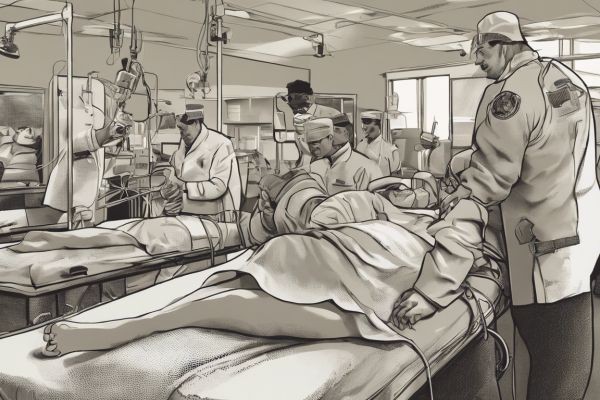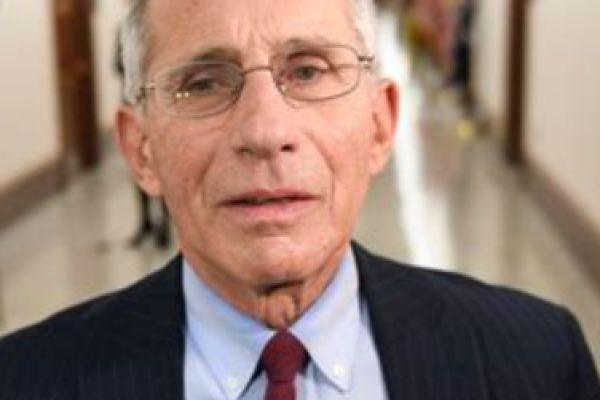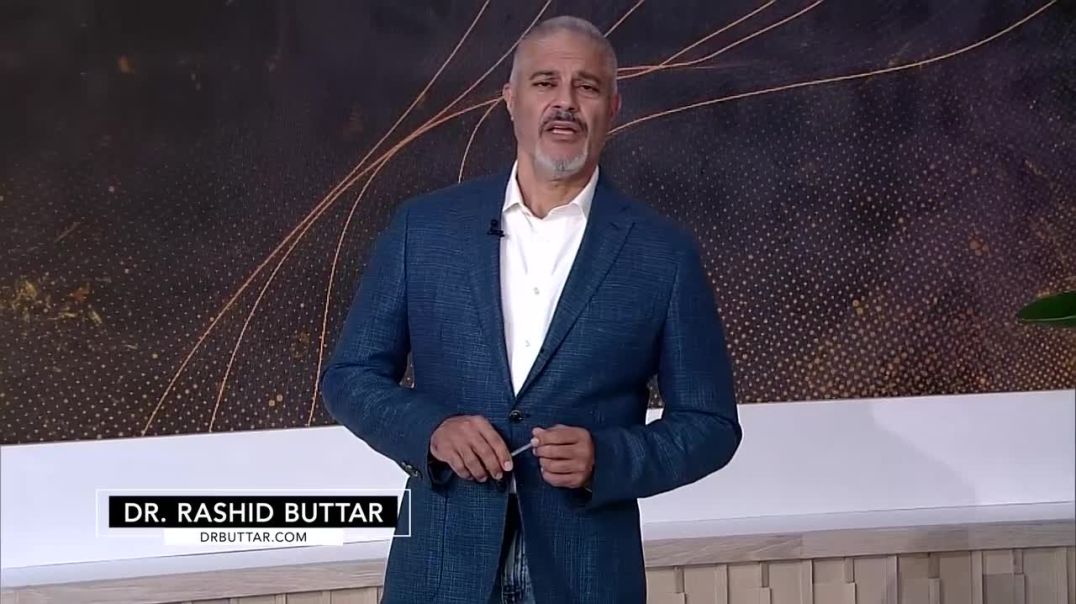by - L. Richardson
The Supreme Court's decision in Dobbs v. Jackson Women's Health Organization overturned nearly 50 years of precedent, eliminating the constitutional right to abortion and allowing states to enact sweeping abortion bans. This landmark ruling has ignited Support for Dobbs's Decision and Criticism of Voluntary Sterilizations, with a proliferation of state-level abortion restrictions that disproportionately impact marginalized communities. As reproductive rights are curtailed, there has been a concerning rise in Criticisms of Increased Sterilizations After Dobbs, particularly among women seeking permanent contraception.
By overturning Roe v. Wade, the Dobbs decision represents a significant victory for anti-abortion advocates and a blow to those who support abortion rights. This article will examine the Consequences of Overturning Roe v. Wade, delving into the Rise in Male Responsibility for Contraception and the fierce Debate Over Medical Autonomy and Gender. An in-depth Analysis of Sterilization Trends Post-Dobbs will shed light on this contentious issue, highlighting perspectives from the medical community and policymakers.
Data Presentation
There has been a concerning rise in people seeking permanent sterilization procedures like tubal ligation, vasectomy, and ovary removal following the Dobbs v. Jackson Supreme Court decision that overturned the constitutional right to abortion. This drastic step towards preventing pregnancy is driven by multiple factors:
- The surge in Sterilization Requests: On the day the Dobbs opinion was released, internet searches for sterilization information on Planned Parenthood's website skyrocketed by a staggering 2,205%. The data reveals:
- A sharp increase in permanent sterilization procedures, particularly tubal ligations, among young adults aged 18-30.
- The rate of tubal sterilizations in women was nearly double that of vasectomies in men.
- Fears and Anxiety: Experts attribute this rise to fear and anxiety among young people about unplanned pregnancies in states with abortion bans and restrictions. With limited access to abortion and contraceptive options, many feel forced into making potentially regrettable decisions about permanent sterilization.
- Disproportionate Burden on Women: The burden of preventing pregnancy and dealing with its consequences falls disproportionately on women, leading to higher rates of permanent sterilization among women compared to men. This inequity raises concerns about medical autonomy and gender equality.
Procedure - Tubal Ligations
Pre-Dobbs Rate - 2.84 per 100,000 visits
Post-Dobbs Rate - 8.14 per 100,000 visits
Increase - 5.3 procedures per 100,000 visits.
Despite the rise in sterilization requests, equally effective and less permanent birth control options like hormonal contraceptives, IUDs, and implants remain available. However, the Dobbs decision has fueled fears about potential restrictions on contraceptive access, driving some to seek permanent solutions.
Regional Variations
The rate of permanent contraception procedures like tubal ligations and vasectomies increased significantly across the United States after the Supreme Court's Dobbs decision overturned Roe v. Wade in 2022. However, the increase was not uniform, with certain regions witnessing a more pronounced surge in these procedures than others.
- In states like Arizona, North Carolina, Texas, and Florida, obstetrician-gynecologists reported a spike in sterilization requests from women. For instance:
- In San Antonio, Texas, one doctor saw the volume of women requesting sterilization consultations rise from a couple per week to daily consultations, an unprecedented surge in her career.
- An OB-GYN in North Carolina noted "a dramatic increase" in women requesting sterilization, both in her own practice and through conversations with colleagues nationwide.
- In Orlando, Florida, a doctor went from consulting 1-2 patients per week about sterilization to about a dozen after the Dobbs decision leaked.
Region - Overall
Pre-Dobbs Rate (Tubal Ligations) - 2.84 per 100,000 visits
Post-Dobbs Rate (Tubal Ligations) - 8.14 per 100,000 visits
Increase - 5.3 procedures per 100,000 visits.
While the study found an overall increase of 58 tubal ligations or 5 procedures per month after the Dobbs decision, it could not provide region-specific data or explore the experiences of racial minorities, low-income, and disabled people due to data limitations. However, physician reports suggest that the surge in sterilization requests was particularly pronounced in states with strict abortion bans and restrictions, as women cited concerns about lawmakers continuing to curtail reproductive rights, including access to abortion and contraception.
Demographic Analysis
The overturning of Roe v. Wade has significantly impacted men's reproductive healthcare decisions, with more men, significantly younger and childless men, seeking permanent contraception through vasectomy. Vasectomy consultation requests increased by 35.0%, and consultations increased by 22.4% after the Dobbs decision. The median age of men seeking vasectomy was significantly younger post-Dobbs (35 vs 38 years), with a significant increase in men under 30 seeking vasectomy. There was also a substantial increase in childless men seeking vasectomy post-Dobbs (16.9% vs 8.6%).
The Supreme Court's decision in Dobbs v Jackson Women's Health Organization in June 2022 overturned the constitutional right to abortion, allowing states to further restrict or ban abortion care. As of January 2024, 21 states have done so. Early research has documented increased demand for permanent contraception, including tubal sterilization and vasectomy, in the months following the Dobbs decision, which may reflect fears of restricted access to abortion and/or contraception.
- Before Dobbs, the monthly permanent contraception rate increased by 2.84 procedures per 100,000 person-months among female patients and 1.03 procedures per 100,000 person-months among male patients.
- After Dobbs, there was an immediate increase of 58.02 monthly procedures among female patients and 26.99 procedures among male patients.
- The increase in procedures for female patients was double that for male patients.
This abrupt increase in permanent contraception rates may indicate a policy-induced change in contraceptive preferences following the Dobbs decision. However, limitations include a lack of state or healthcare organization identifiers in the data and the inability to assess the differential experiences of marginalized groups.
Roughly 58 more tubal ligations per 100,000 outpatient visits and 27 more vasectomies per 100,000 outpatient visits were observed after the Dobbs decision. Young women may have felt a greater urgency to get sterilized than their male partners due to the disproportionate impact of pregnancy on women's health and the burden that falls on them. A study in Michigan found that requests for tubal sterilizations surged in the months after the Dobbs decision but then returned to baseline levels within 6 months. Broader population surveys on contraception choices have not yet shown significant changes in permanent contraception methods, likely because this population may not have strong attitudes about pregnancy prevention.
Medical Perspectives
The Dobbs v. Jackson decision has had a chilling effect on healthcare providers, creating a climate of fear and forcing them to delay or deny care, even in life-threatening situations like ectopic pregnancies. Pregnant individuals, including adolescents, are being denied abortions even in cases of miscarriage, severe fetal abnormalities, or risks to their own lives. Anti-abortion laws have also reduced access to other forms of reproductive healthcare like contraception and prenatal care, as well as non-reproductive care like cancer treatment.
Healthcare providers face the risk of lengthy prison sentences and hefty fines for providing abortions in many states. Even individuals assisting with abortions can face civil penalties, further pressuring providers to cease offering any abortion care. Law enforcement is using digital surveillance tactics like tracking location data, search histories, and communications to prosecute those seeking or providing abortions.
Moreover, anti-abortion laws may infringe on the religious or conscientious beliefs of healthcare providers who feel compelled by their faith to offer abortions in some instances. The chilling effect has led providers to withhold information from patients and avoid providing certain types of care out of fear of legal consequences.
Consequence / Description
Delayed or Denied Care / Providers are forced to delay or deny care, even in life-threatening situations like ectopic pregnancies.
Restricted Reproductive Healthcare / Access to contraception, prenatal care, and other reproductive healthcare services has been reduced.
Criminalization / Many states have criminalized abortion provisions, with penalties including lengthy prison sentences and hefty fines.
Civil Penalties / Individuals assisting with abortions can face civil penalties in some states.
Digital Surveillance / Law enforcement uses tactics like tracking location data and communications to prosecute those seeking or providing abortions.
Infringement on Religious Beliefs / Anti-abortion laws may prevent providers from offering abortions, even when their faith compels them to do so.
The surge in permanent sterilization procedures, especially tubal ligations among young adults aged 18-30, following the Dobbs decision is concerning. Rates of tubal sterilizations were nearly double those of vasectomies, highlighting the disproportionate burden on women. Experts attribute this increase to fear and anxiety about unplanned pregnancies in states with abortion bans and restrictions.
- Permanent sterilization procedures like tubal ligation are more invasive, expensive, and challenging to reverse compared to other contraceptive methods.
- The burden of preventing pregnancy and dealing with its consequences falls disproportionately on women, leading to higher rates of permanent sterilization among women.
- Experts warn that the lack of access to abortion and other contraceptive options is forcing people, especially young adults, to make potentially regrettable decisions about permanent sterilization.
Conclusion
The Dobbs v. Jackson decision, which overturned the constitutional right to abortion, has had far-reaching consequences on reproductive healthcare choices across the United States. The surge in permanent sterilization procedures, particularly among young adults and women, highlights the fear and anxiety surrounding unplanned pregnancies in states with abortion restrictions. While these procedures offer a lasting solution, experts caution that the lack of access to other contraceptive options may be forcing individuals to make potentially regrettable decisions.
As the impact of the Dobbs decision continues to unfold, policymakers, healthcare providers, and advocacy groups must address the concerns raised by this trend. Ensuring access to comprehensive reproductive healthcare services, including abortion and contraception, remains a pressing issue. Ultimately, safeguarding reproductive rights and autonomy for all individuals should be a priority in the ongoing debate surrounding this complex and sensitive matter.
? Share "The Dobbs Decision and its Impact: A Closer Look at the Increase in Voluntary Sterilizations" by L. Richardson!
In the wake of the Supreme Court's pivotal decision, it is crucial to amplify a narrative that supports the protection of potential life and critiques the rush toward irreversible medical procedures like sterilization. This article provides a critical perspective on the overextension of such medical practices and the societal shifts following the Dobbs decision.
? Why Share?
- Challenge the prevailing discourse on sterilizations and advocate for less drastic, reversible methods of contraception.
- Inform peers about the impacts of such medical decisions on women's health and societal norms.
- Encourage a return to values that respect life and question the normalization of permanent sterilizations.
? How to Share?
- Distribute the article through your social networks to spark essential conversations.
- Use this piece as a talking point in community or religious group discussions.
- Please send it to legislators or influencers who can further the discourse on these critical issues.
Let's critically examine the ramifications of the Dobbs decision and advocate for reconsidering our approach to reproductive rights and responsibilities. Your effort to share and discuss can foster a more balanced and life-affirming dialogue.
FAQs
1. What are the reasons a woman might choose sterilization?















L. Richardson
1 år siden1. What are the reasons a woman might choose sterilization?
Sterilization is considered by women who are seeking a reliable and permanent form of birth control.
2. Has there been an increase in the number of sterilizations performed recently?
Yes, there has been a noticeable rise in the number of sterilization procedures in the U.S. since July 2022, according to physician reports and early data.
3. What is the frequency of sterilization procedures?
Sterilization is conducted after 10% of all births. Annually, around 345,000 female sterilizations are performed not immediately after childbirth, and about 500,000 vasectomies are carried out, which equates to approximately 9.9 procedures per 1000 men aged 25 to 49.
4. What does a vasectomy entail for women?
The term "vasectomy" does not apply to women; instead, women may undergo tubal sterilization. This involves blocking the fallopian tubes by tying, banding, clipping, or sealing them with electric current, or the tubes can be removed entirely to prevent pregnancy.
References
[1] - https://constitutioncenter.org..../the-constitution/su
[2] - https://www.americanbar.org/gr....oups/crsj/publicatio
[3] - https://www.networkforphl.org/....news-insights/legal-
[4] - https://www.healthline.com/hea....lth-news/permanent-s
[5] - https://www.ncbi.nlm.nih.gov/p....mc/articles/PMC10370
[6] - https://www.informnny.com/news..../health-news/permane
[7] - https://www.theguardian.com/us....-news/2024/apr/12/st
[8] - https://www.latimes.com/world-....nation/story/2022-07
[9] - https://www.wnct.com/news/nati....onal/permanent-contr
[10] - https://www.nature.com/articles/s41443-023-00672-x
[11] - https://jamanetwork.com/journa....ls/jama-health-forum
[12] - https://www.nbcnews.com/health..../womens-health/perma
[13] - https://www.npr.org/sections/h....ealth-shots/2022/07/
[14] - https://www.hrw.org/news/2023/....04/18/human-rights-c
More References to Look at!
Troops Needing Abortions Will Get Travel Allowances and Leave, Pentagon Says | Military.com. https://mst.military.com/daily....-news/2022/10/20/tro
Midterm victories strengthen GOP – The Et Cetera. https://eastfieldnews.com/2595....5/news/midterm-victo
(2022). United States: Senator Warren Statement on Dobbs v. Jackson Women's Health Organization. MENA Report, (),.
Engineer charged with money laundering in Germany. https://www.physicsforums.com/....threads/engineer-cha
Colman, Charles E.. https://scholarspace.manoa.haw....aii.edu/collections/
Hollowing Out Probation? The Roots of Transforming Rehabilitation — University of South Wales. https://pure.southwales.ac.uk/....en/publications/holl
Debunking Common Myths About Vasectomies - Posterity Health. https://posterityhealth.com/de....bunking-common-myths
Winston, M. (2023). Vaccine Hesitancy Among African Americans. Journal of Information Ethics, 32(1), 27-41.
Benzoyl peroxide vs salicylic acid: What's the difference?. https://miiskin.com/acne/medic....ations/benzoyl-perox